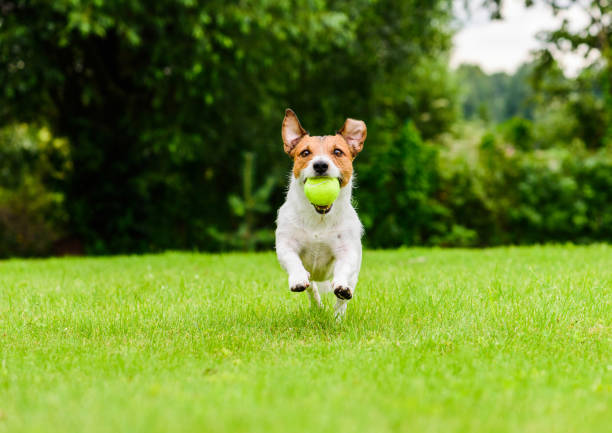It is normal to love your pet and try to prevent harm from happening to them. Unfortunately, it is not always possible to keep an eye on our pets and this could lead to some unfortunate events. You need to ensure that the area where your furry friends spend most of their time is pet-friendly and safe. Here are some ideas to make your garden a sanctuary for your pet companions.
Think about the breed of pet that you own
You must consider your pet. It is crucial to consider their needs when designing your space. You should not forget that dogs behave differently from cats, rabbits, and tortoises. Each one of them has their own needs and requirements. Dogs will be happy to roam your yard and protect the fencing, but cats are more likely climb up and wander off.
Install a fence
You will be able to determine the type of fence that you should use once you have a better understanding of your pet’s behavior. A smaller dog will need a wider gap between the fence’s ground and their bodies so they can dig through it. You should also consider the height of your fence, especially if you have a larger dog.
As technology advances, there are many options for fencing. Wireless dog fences are definitely something to think about.
If you own a cat, you probably know that it is impossible to keep it safe from wandering off. However, you might consider creating an enclosed cat run. You should make sure that there are no holes in your fence for smaller animals like rabbits and guinea-pigs.
Shade should be provided.
Also, make sure to provide shade for your pets. You should also consider creating a cool retreat for your pets on hot days. Dogs are very sensitive to heat. This area can be planned around a deciduous tree. You can then build a shade sail or a dog house to ensure your pets have somewhere to go to cool off and avoid the direct sun. To ensure that your pets stay hydrated, make sure they have water available.
Investigate the plants in your garden
You will also need to inspect your garden for any potential hazards to your pet. If you didn’t know, certain plants can be toxic to our pets, including white snakeroot and English ivy. You should also be aware that plants with thorns can cause injuries or scratches to your pet. You can avoid potential injuries by inspecting your garden for any potentially dangerous plants. This blog post explains that cat-friendly plants include spider plants, sword ferns and Areca palms. You can create a miniature dandelion plant garden for your tortoises if they like to nibble on it. Peppermint can be added to your garden to help with nausea and indigestion.
Reduce your use of chemicals
Some plants can be dangerous to your pet, as well as the chemicals used to keep them healthy and happy. You should make sure that your pet is safe from any pesticides or insecticides you use in your garden. You can either confine the area in which you are using pesticides or insecticides to prevent your pet from entering it, or find natural methods that will not cause harm to your four-legged friend. If you have to use pesticides or insecticides, make sure they dry completely before allowing your pet into the area. Bivvy pet insurance can help you be more prepared for any untoward events.
Keep dangerous tools away
Your pet may accidentally injure its own self by being exposed to chemicals or toxic plants. It is vital that garden tools and machines are kept out of reach of animals. You can store your tools in a garage or shed, but make sure they are on a shelf or under lock-and-key.
Consider the hardscape
You should also consider the hardscape options. You want to keep them safe from injuring their paws so you avoid asphalt. Decomposed granite might be a better option in this situation.
These seven tips will help you create a pet-friendly garden. You might need to have specific ways to keep your pet safe depending on their breed. However, the most important things you can do is put up a fence and provide shade.



